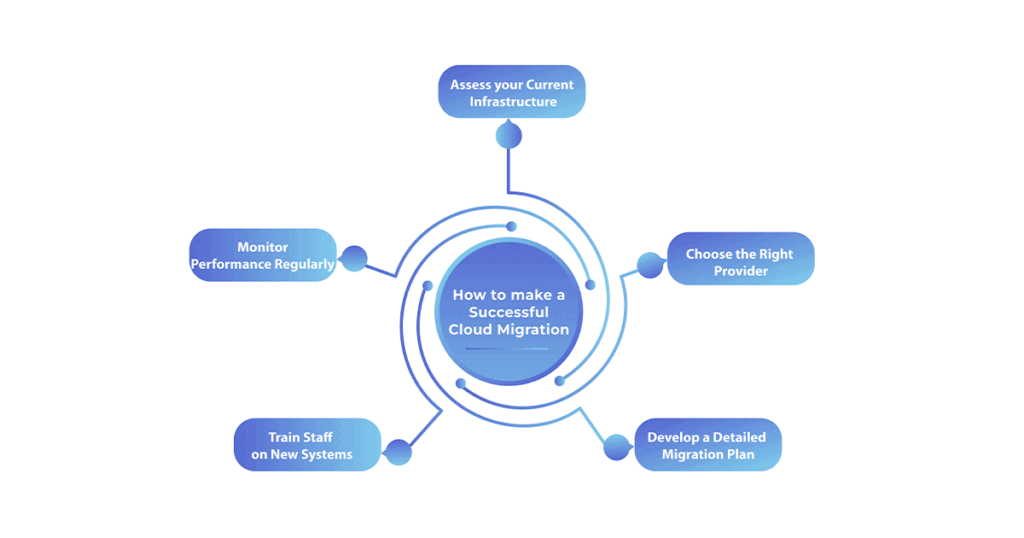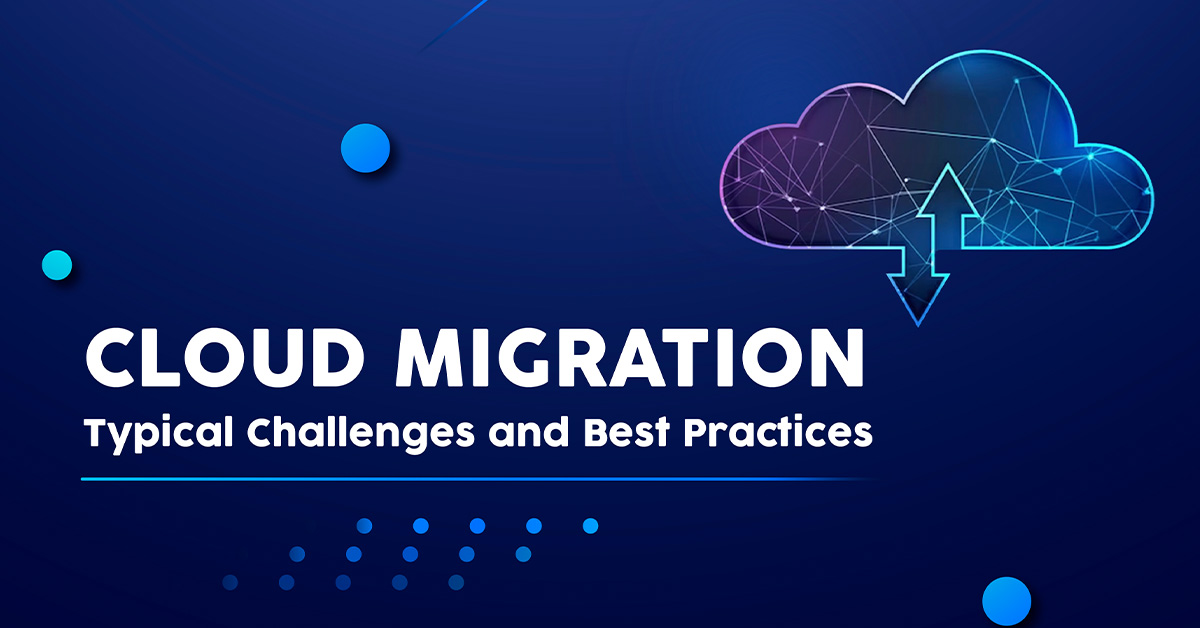Challenges of Cloud Migration Strategy
Are you considering migrating your entire IT to the cloud? You’re not alone, regardless of the maturity or stage of your journey. Millions of companies are moving their IT infrastructure, applications and data to to the cloud for experiencing numerous benefits, including cost savings and increased flexibility.
However, with great rewards come great challenges. Cloud migration can be a complex process that requires careful planning and execution to avoid potential disruptions in your business operations. In this blog post, we’ll discuss some of the common challenges associated with cloud migration and share some best practices on how to make a successful transition to the cloud. Whether you’re just starting or in the middle of your migration journey, this blog is here to guide you through every step of the way!
What’s cloud migration? And why are companies migrating to the cloud?
Cloud migration is the process of moving an organization’s data, applications, and other business elements from on-premises infrastructure to a cloud-based environment. Cloud computing offers many benefits such as cost savings, scalability and flexibility that are driving more companies to migrate their operations to the cloud.
One major factor for migrating to the cloud is cost reduction. With cloud computing services, businesses can avoid high capital expenditures associated with maintaining their servers and infrastructure. Instead, they only pay for what they use on a subscription basis.
Another key reason why companies are migrating to the cloud is its ability to provide greater flexibility in managing workloads. As workload demands fluctuate over time or seasonally businesses can easily scale up or down resources as needed without worrying about additional investment in equipment.
Additionally, migrating to the cloud provides organizations with access to advanced technologies such as artificial intelligence (AI), machine learning (ML), and analytics which help them make better decisions based on meaningful insights gleaned from vast amounts of data stored in cloud. Cloud delivers real-time actionable insights from data analysis that leads towards smarter decision-making processes!
Typical challenges associated with cloud migration
Cloud migration can be a challenging process for any organization. One of the biggest challenges is determining which applications and data should be moved to the cloud, and when, besides choosing the cloud provider. There are also security concerns that must be addressed before moving sensitive data or applications to the cloud.
Another challenge associated with cloud migration is ensuring compatibility between on-premises systems and those in the cloud. This includes making sure that networks, databases, and other infrastructure components work seamlessly together.
In addition, there may be unforeseen technical issues during and after migration that need to be dealt with promptly to minimize downtime and ensure business continuity. These issues can range from configuration problems to performance bottlenecks.
Some organizations face resistance from the users (employees, vendors, clients) who are used to working with certain systems or processes. Organizations need to communicate effectively with the stakeholders about why the move is necessary and how it will benefit them in the long run. Providing training sessions can also help ease this transition period.
While there are many challenges associated with cloud migration, they can all be overcome with proper planning, communication, and execution strategies in place.

How to make a successful cloud migration
To make a successful cloud migration, it is important to plan and execute the process carefully. Here are some tips for making your cloud migration a success:
1. Assess your current infrastructure: Before you migrate to the cloud, take an inventory of your existing IT infrastructure. This will help you determine which applications can be migrated and how much data needs to be moved.
2. Choose the right provider: Choosing the right cloud service provider is crucial for a successful migration. Consider factors such as reliability, security, scalability, and cost when selecting a provider.
3. Develop a detailed migration plan: A well-defined plan will ensure that all aspects of the migration are addressed in advance, including timelines, budgets, resource allocation and communication strategies.
4. Train staff on new systems: It’s important to train employees on any new systems or processes they may encounter during or after the transition period.
5. Monitor performance regularly: After migrating to the cloud, monitor system performance regularly to ensure everything is running smoothly and identify areas that need improvement.

By following these steps above along with other best practices in place while moving towards a Cloud Migration strategy enterprises can successfully move their workloads into a Cloud environment without experiencing challenges associated with it such as downtime or data breaches etc.
Cloud migration checklist
Cloud migration is a complex process that requires careful planning and execution. To ensure a successful migration, organizations need to follow a comprehensive checklist.
The first step in the cloud migration checklist is to assess your current environment. This includes identifying all of your applications, servers, databases, and other resources that will be moved to the cloud. It’s important to understand how these resources are interconnected and how they will work together in the new cloud environment.
Once you have assessed your current environment, you need to determine which cloud platform is best suited for your needs. Each platform has its strengths and weaknesses, so it’s important to choose one that aligns with your business objectives.
Next on the checklist is data migration. This involves moving large amounts of data from your on-premises infrastructure to the cloud platform. You’ll need to develop a plan for data transfer, including how much bandwidth you will need and what tools you’ll use for data transfer.
Security should also be top-of-mind when migrating to the cloud. Your security strategy must include access controls as well as monitoring capabilities for any suspicious activity or unauthorized access attempts during or after migration.
Testing before launching into production ensures minimal disruption of service levels associated with an untested system going live.
Work closely with stakeholders across different departments within IT/business organizations involved throughout this entire process!
Following this comprehensive Cloud Migration Checklist can help mitigate risk while ensuring success when undertaking such extensive projects.
Conclusion
As we have seen, cloud migration can be a complex and challenging process for companies. However, with proper planning and preparation, it can also bring significant benefits in terms of cost savings, scalability, and flexibility.
Every company’s journey to the cloud will be unique. But by understanding common challenges such as security concerns, legacy system integration issues, and vendor lock-in risks – as well as following a comprehensive checklist – businesses can increase their chances of making a successful transition to the cloud.
